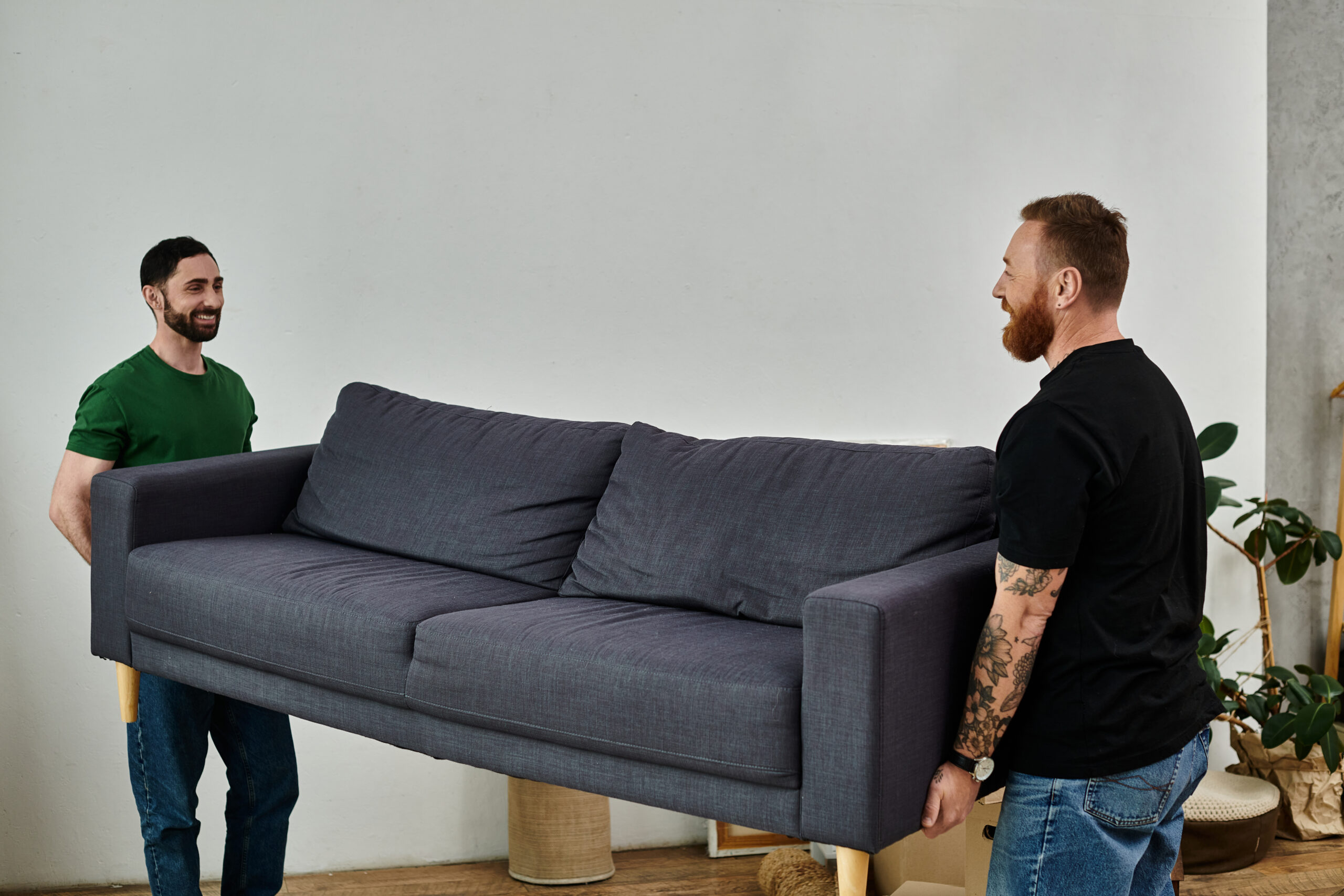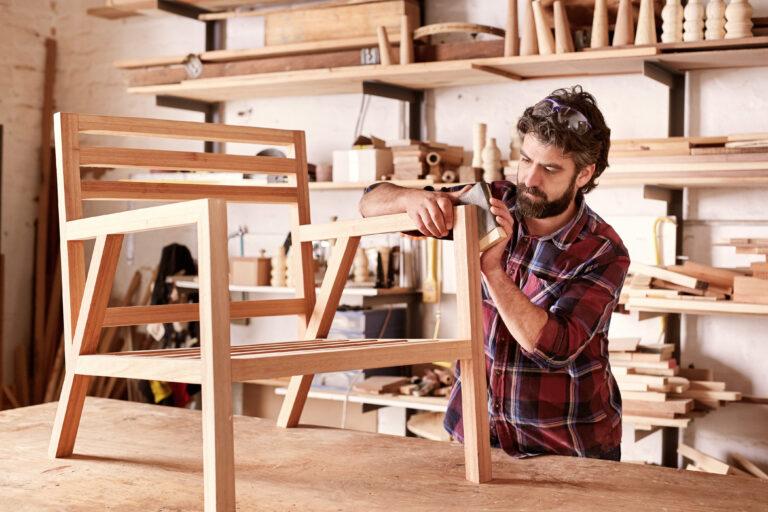
Is flipping furniture profitable? Yes—and this quick guide shows simple steps to earn real cash, even on your first flip.
Quick links:
- Up to pillar: furniture flipping beginner guide
- Side step: flipping furniture for profit (pricing guide)
- Down to spoke: couch flipping playbook
Jump to section
Yes—you can make money flipping furniture
Many ask, “can you make money flipping furniture?” Yes! When done right, it’s a smart side hustle or even a full-time business. Let’s break down typical income, time costs, and real numbers so you can see if flipping fits your goals.
Three common earning levels
| Flipper type | Pieces per month | Avg. profit each | Monthly take-home |
|---|---|---|---|
| Hobbyist (weekend) | 2–3 nightstands | $50–$75 | $100–$225 |
| Side hustler | 4–6 dressers | $80–$120 | $320–$720 |
| Pro | 10–15 mixed pieces | $100–$200 | $1 000–$3 000 |
Real seller note: Casey in Dallas flips five mid-century dressers a month (about 20 hours total) and clears $600+ after supplies.
Profit math in one minute
- Cost of piece – $40 thrift dresser
- Supplies – $15 paint + $5 hardware
- Time – 4 hours (value your time at $20/hr = $80)
- Total investment – $140
- List price – $240 (market comps)
- Net profit – $240 – $140 = $100
- Hourly rate – $100 ÷ 4 hrs = $25/hr
That’s higher than many part-time jobs—and you control the schedule.
Factors that boost profit
- Free or cheap inventory. Estate-sale leftovers, curb alerts, or “free” piles slash costs.
- Solid wood pieces. They repaint well and fetch higher prices.
- Popular styles. Mid-century, farmhouse, and minimalist lines sell fast.
- Fast turnaround. The less time a piece sits, the faster your money grows.
- Offering delivery. Adds $20–$50 to sale price and widens buyer pool.
Common expenses to track
- Supplies. Paint, brushes, sandpaper, hardware.
- Transport. Gas or truck rental for big hauls.
- Tools. Sander, drill—often one-time buys.
- Listing fees. Many sites are free, but consignment stores may take 40–60 %.
- Workspace. Garage power bill or small storage unit if you scale up.
Want deeper cost formulas? See flipping furniture for profit.
Side hustle vs. couch-flipping niche
- Flip furniture side hustle. Mix items (dressers, tables) for steady sales.
- Couch flipping side hustle. Fewer pieces, bigger profits ($150–$300 each) but need a truck. Learn sofa tricks in couch flipping playbook.
Tips to raise your hourly rate
- Batch tasks. Sand three pieces in one session.
- Use quick-dry paint. Cuts wait time between coats.
- Stage good photos once. Create a small photo corner to speed listings.
- Cross-list smartly. Post on Asherfield first (built-in deposit system), then share link to social groups.
- Track hours. Know which items pay best and double down.
Why selling on Asherfield helps profits soar
- Keep 85%. Bigger cut than typical consignment.
- Buyer deposits. No more no-shows; time = money saved.
- Local focus. Lower delivery costs, faster turnover.
- Free to list. No risk if an item takes longer to sell.
Full channel comparison lives in where to sell flipped furniture.
FAQ (profit edition)
How much can a beginner expect in month one? Flip two small items for $50 profit each and you’re $100 up—easy win.
What’s the biggest rookie mistake? Overpaying for low-quality particleboard.
Best fast-selling item? Solid-wood dressers; they store clothes and fit every home.
Do I need a truck? No, but borrowing/renting one for big hauls can boost sourcing options.
Bottom line
Flipping furniture is profitable when you buy smart, work efficiently, and sell on low-fee channels like Asherfield. Start small, track every cost, and watch your hourly rate climb. Ready to test it? Grab a $20 side table, follow our starter guide, and turn it into your first $50 profit this weekend.
For more real-world examples and a detailed breakdown of profit margins from experienced flippers, check out this comprehensive guide on furniture flipping for beginners4.
